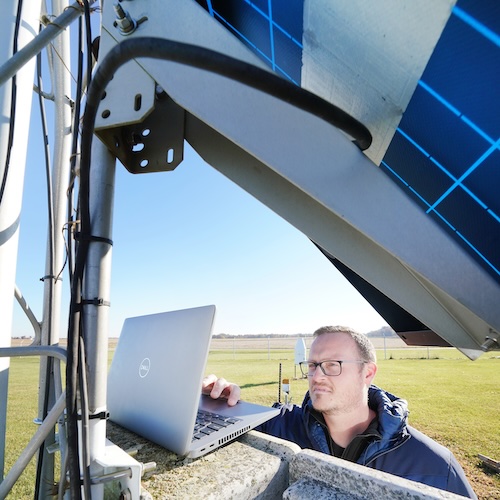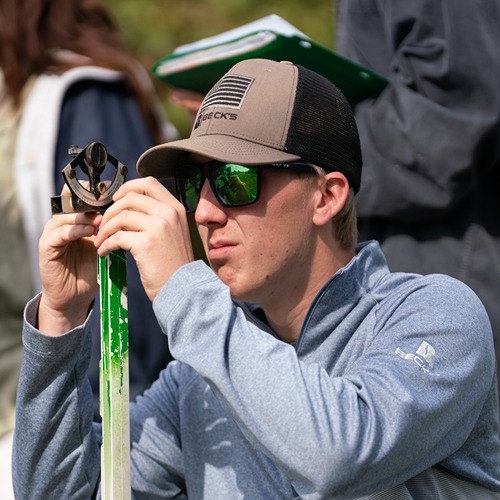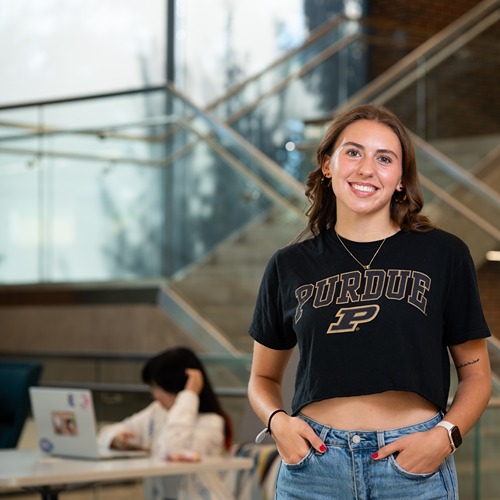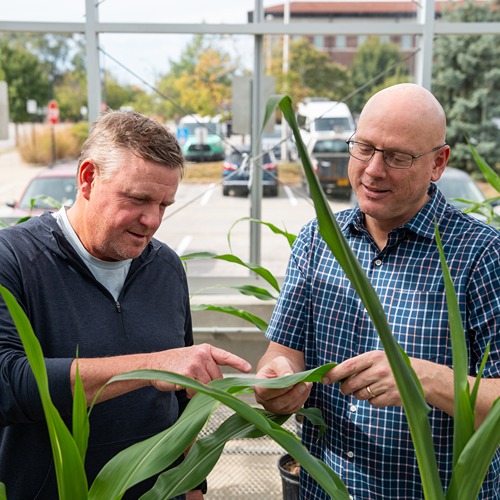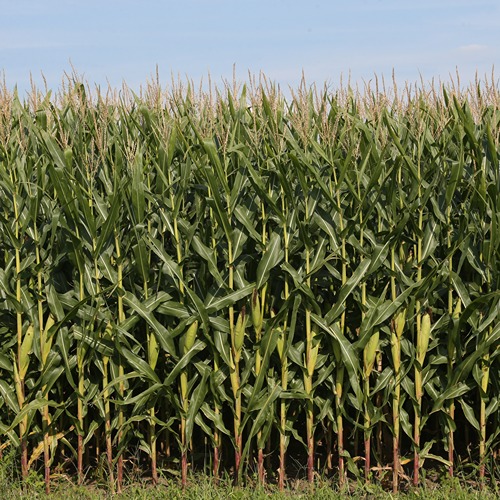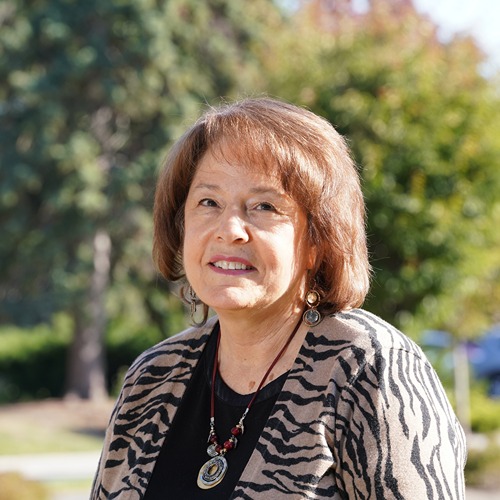Researchers unveil a groundbreaking clay-based solution to capture carbon dioxide and combat climate change
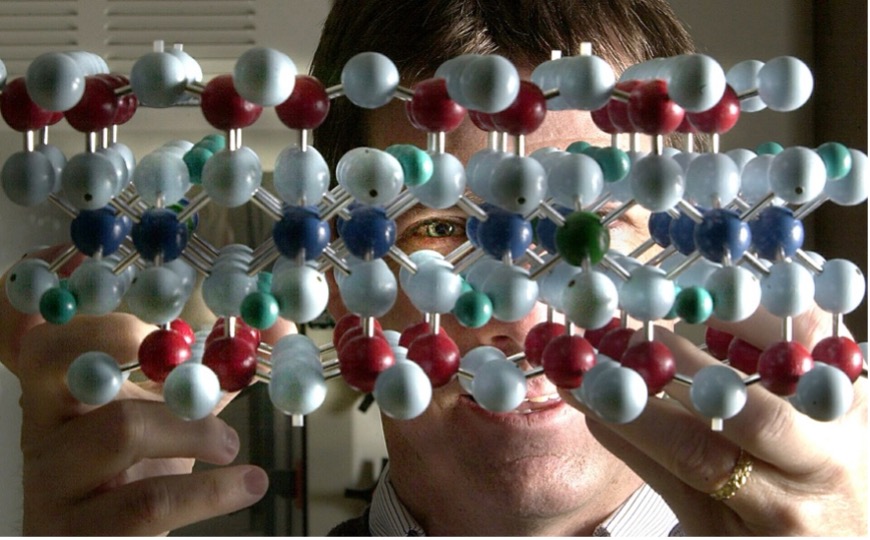
Cliff Johnston looks through a clay molecular structure.
One of Earth's most common nanomaterials is facilitating breakthroughs in tackling climate change: clay. In a new study, researchers at Purdue University, in collaboration with experts from Sandia National Laboratories, have potentially uncovered a game-changing method for using clay to capture carbon dioxide (CO2) directly from the air to help mitigate climate change.
Their work, which earned them a 2024 R&D 100 Award and has a patent application in progress, was recently published in The Journal of Physical Chemistry C.
Cliff Johnston, professor of agronomy in the College of Agriculture and earth, atmospheric, and planetary sciences in the College of Science at Purdue University, led the study, along with undergraduate student Riley Welsh and research scientists at Sandia National Laboratories, who are co-authors of the recent study.

